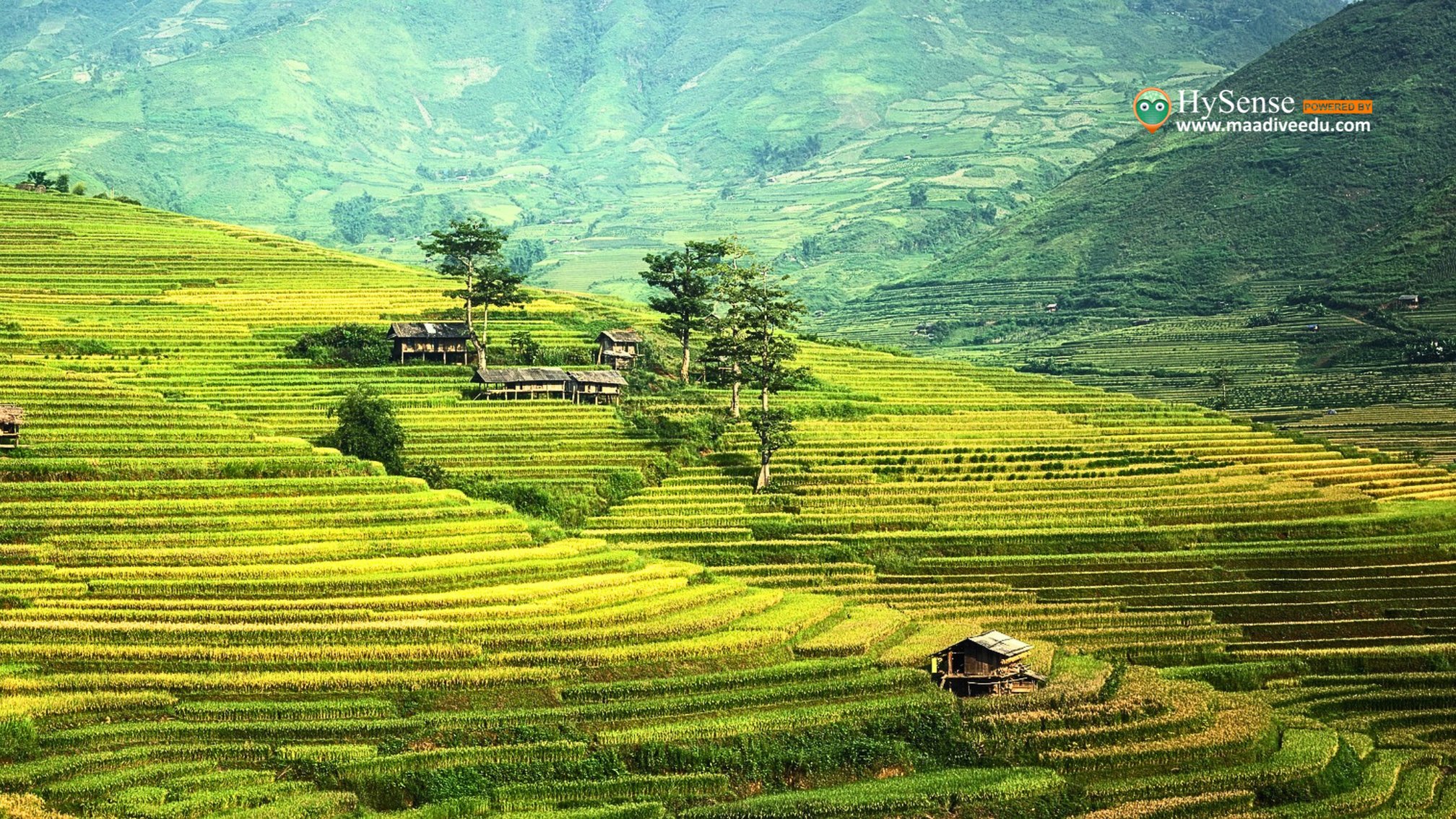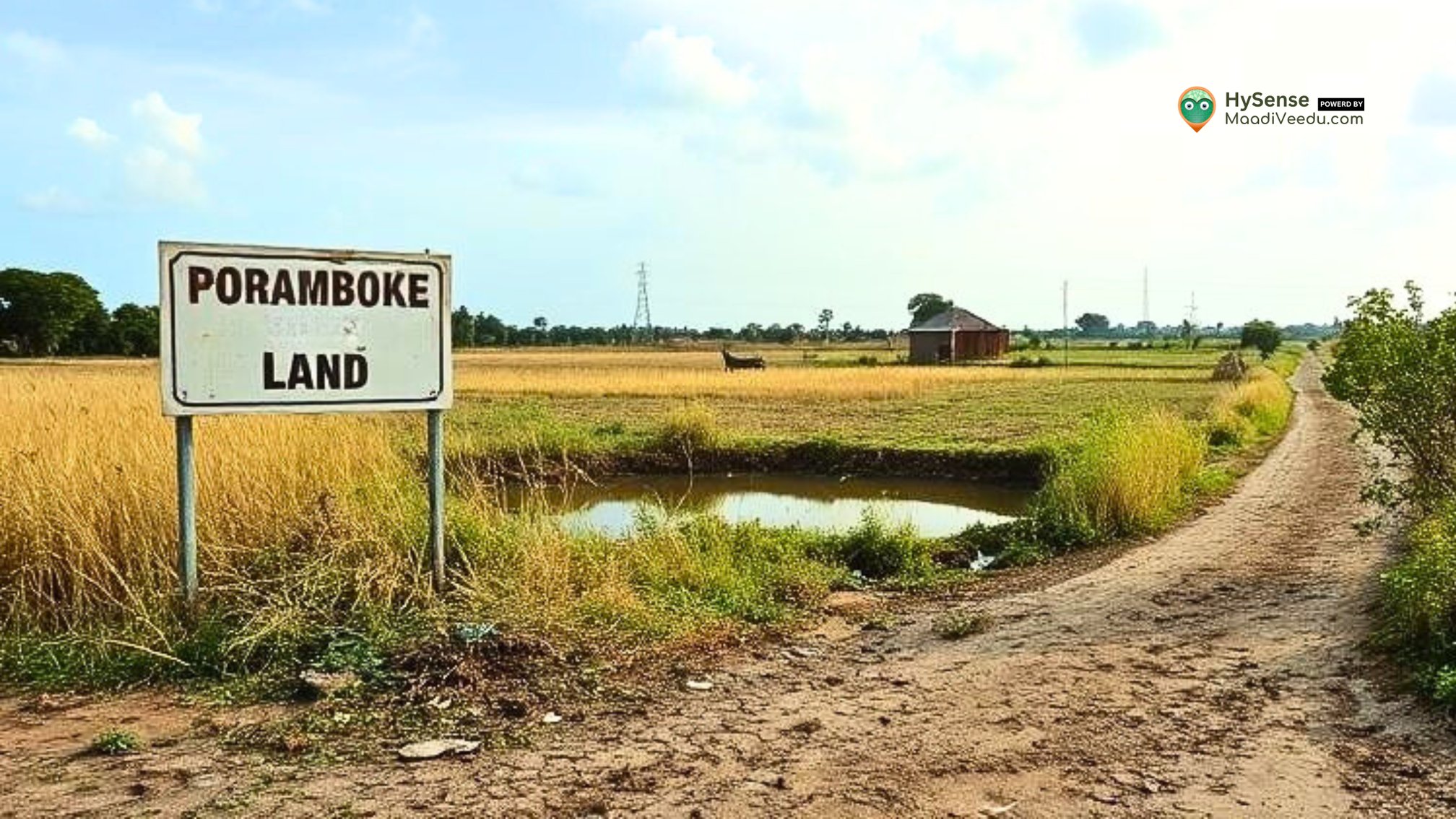Choosing a Farmland on Hill: 7 Key Benefits for Wise Investors
Explore why hilltop farmland is a smart investment choice: improved drainage, flood protection, scenic views, higher demand, and eco-friendly farming potential.

Table of Contents
Introduction
Farmland has long been a solid choice for investors seeking to build wealth and diversify. But just as every piece of land is unique, some types of farmland offer extra advantages. One such option worth considering is farmland located on a hill. Hilltop farmland can give investors a distinct edge over flatland options, with benefits like better soil drainage, reduced flood risks, and, often, breathtaking views. In this blog, we’ll explore the many reasons why investing in hilly farmland might be a smart move for those seeking long-term, stable gains.
Why Hilltop Farmland Could Be a Great Investment
Hilltop farmland isn’t just a scenic spot—it has practical and economic advantages that can make it highly profitable. Sloping terrain often provides better water drainage, natural pest control, and a unique climate ideal for certain crops. Let’s dive into seven compelling reasons why investing in farmland on a hill could pay off for investors.
1. Natural Drainage and Healthier Soil
Farmland on a hill benefits from natural, gravity-fed drainage, which prevents water from collecting and causing issues like root rot or soil oversaturation. This kind of natural drainage is especially helpful in rainy seasons, as water flows away rather than pooling around crops. Less standing water means a healthier growing environment and fewer issues with plant diseases linked to overwatering.
Furthermore, hilltop soils often hold nutrients better, thanks to natural runoff patterns that can spread minerals and organic materials across the land. This keeps the soil fertile and healthy without requiring as much artificial irrigation or nutrient supplements, which can lower maintenance costs over time.
2. Lower Risk of Flooding
Flooding is a major concern for farmland in lower areas, but hilltop farmland enjoys a natural advantage in avoiding flood risks. The elevated position of hilly farmland protects crops from water damage caused by heavy rains or sudden flooding events. In an era of increasingly unpredictable weather, this feature can be critical for protecting an agricultural investment.
By reducing flood risk, hilly farmland offers stability for investors seeking a more secure return, especially in regions prone to seasonal rains or weather fluctuations. This protection not only reduces potential losses but also contributes to consistent crop yields year after year.
3. Scenic Beauty and High Market Appeal
Farmland on a hill often provides sweeping, beautiful views that can add significant value to the property. This visual appeal is a huge plus if you ever plan to sell or develop the land. Land with panoramic views attracts buyers seeking scenic locations for future development, eco-tourism, or small-scale hospitality ventures like bed-and-breakfasts or boutique retreats.
The elevated, scenic nature of hilltop farmland can also create opportunities to diversify income sources. Beyond agriculture, it’s possible to explore eco-tourism, agri-tourism, or recreational rentals that take advantage of the location’s beauty.
4. Better Air Circulation and a Favorable Microclimate
The higher elevation of hilltop farmland provides excellent air circulation, which creates a unique microclimate. Improved air circulation helps keep air fresh and free of excess moisture, lowering the chances of pest problems and plant diseases. For crops that thrive in cooler temperatures or need specific airflow conditions, a hilltop location can provide a perfect growing environment.
In contrast to flatlands, where stagnant air can lead to fungal diseases or pest infestations, hilly farmland naturally reduces these risks, creating a healthier environment for crops and reducing the need for pesticides or chemical treatments.
5. Lower Pest and Disease Risks
In addition to better air circulation, hilltop farmland often has lower humidity, which can significantly reduce pest and disease pressures. Insects and fungi thrive in damp, stagnant environments, which are more common in low-lying areas. With the naturally drier and breezy conditions on a hill, crops are less likely to suffer from infestations and fungal diseases.
This means hilltop farmland may require fewer pesticides and herbicides, making it not only cost-effective but also better for the environment. Lower pest pressure and disease risk contribute to healthier plants, cleaner produce, and potentially higher market value, especially as consumers increasingly seek sustainable and chemical-free foods.
6. Higher Property Values and Rising Demand
Farmland on hills, with its combination of beauty, flood protection, and soil quality, is often in higher demand than regular farmland, leading to increased property values. Investors looking for long-term gains may find that farmland on hills appreciates faster and attracts more interest from potential buyers.
As demand for prime farmland grows, especially land with unique benefits like scenic views and flood protection, the value of hilltop farmland is likely to rise. This demand can create profitable opportunities if you decide to sell the land or rent it out in the future.
7. Supports Sustainable Farming Practices
Hilltop farmland is ideal for sustainable farming practices. Its sloping terrain allows for terracing and contour farming—methods that help prevent soil erosion and maintain soil health. Sustainable practices like these are gaining popularity, as they reduce land degradation and help maintain long-term productivity.
By investing in hilltop farmland, you have the chance to implement eco-friendly farming methods that not only preserve the land but also appeal to the growing market for sustainable agriculture. Sustainable practices improve soil health and water conservation, aligning with consumer trends toward environmentally conscious food production.
Challenges of Farming on Hilltop Farmland
While hilltop farmland offers many advantages, there are some challenges to keep in mind:
- Higher Equipment and Labor Costs: Working on slopes can require specialized equipment and more labor, which may increase initial costs.
- Erosion Control: Even with the reduced erosion on hills, it’s important to manage soil carefully through practices like terracing or cover cropping.
- Water Access: In some locations, accessing water may require additional infrastructure, such as pumps or rainwater harvesting systems.
With thoughtful planning, these challenges can be managed effectively, allowing you to make the most of your hilltop farmland investment.
Conclusion
Investing in farmland on a hill offers a range of benefits that make it a compelling choice for long-term investors. With its natural drainage, reduced flood risks, enhanced air circulation, and aesthetic appeal, hilltop farmland can provide both practical and financial advantages. Additionally, the unique terrain supports sustainable farming methods, aligning with the rising demand for environmentally friendly agricultural practices.
As with any investment, thorough research and a clear understanding of the potential pros and cons are essential. However, the distinct advantages of hilltop farmland—its beauty, resilience, and versatility—make it a promising option for investors seeking a stable, profitable, and eco-friendly agricultural venture.
For more insights, updates, and a closer look at sustainable farmland investment, connect with us











